Get the most out of BREEAM - BRE Group
Six ways to get the most out of BREEAM
Misconceptions remain about sustainable construction, and the right stages to incorporate these ambitions into the whole system. This article seeks to dispel some myths and explain the advantages of a more sustainable approach for the financial, environmental and social aspects of all built environment projects.
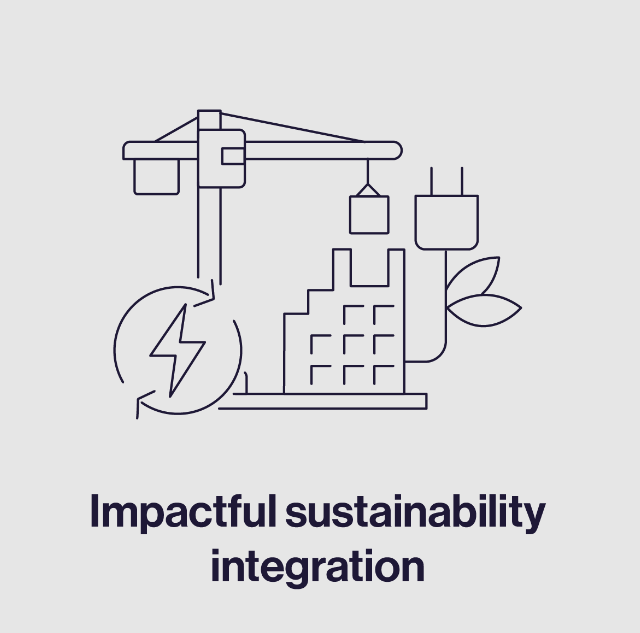
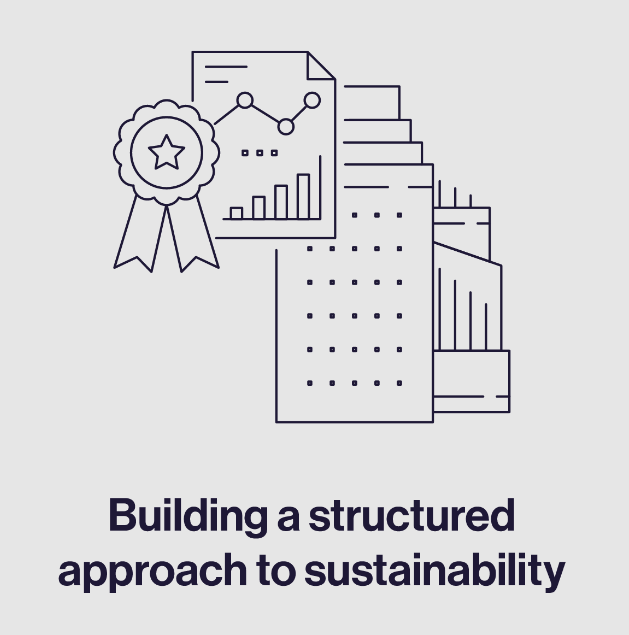
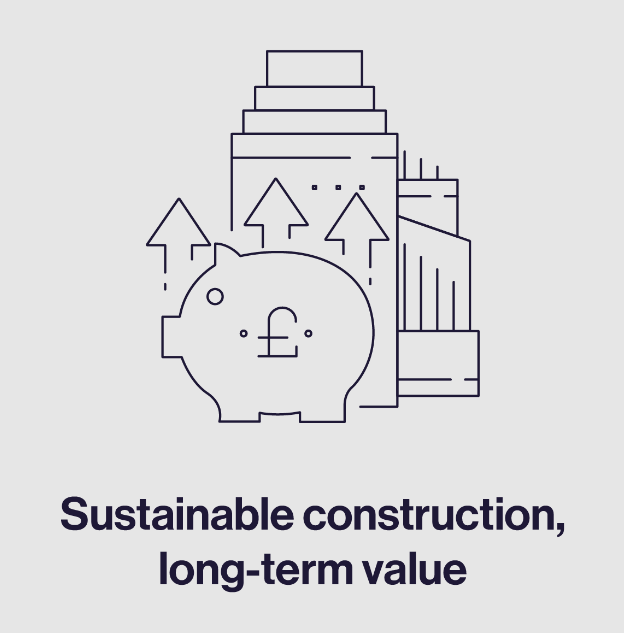

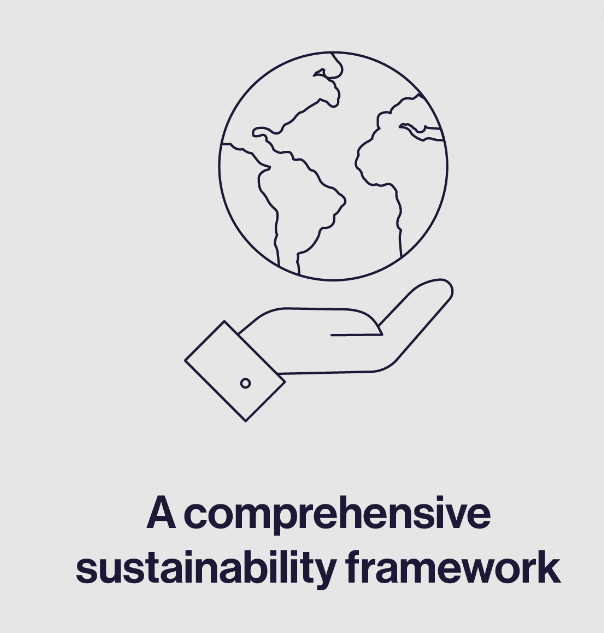

1. Maximise the impact of sustainability by integrating it before construction starts
The BREEAM framework provides a roadmap for embedding sustainability into construction projects. It includes guidelines for resource-efficient design, waste reduction, occupant wellbeing and emissions reduction. Waiting to add sustainability to a project after it starts can result in lost value.
Compromised results, poor building performance, missed innovation opportunities, negative public perception, increased costs and failure to meet regulatory requirements are just a few of the risks associated with neglecting sustainability. By integrating sustainability measures from the outset using the BREEAM framework, construction projects can make them much more successful. This results in cost savings, improved building performance, and a positive environmental and community impact.
BREEAM is a framework for tracking and measuring sustainability performance, which helps ensure that projects meet sustainability goals and maintain optimal performance over time. In particular, when a BREEAM target is set before construction, it becomes less likely and more difficult to ignore or value engineer out, compared to individual targets, such as reducing energy by a predetermined amount.
By setting a BREEAM target, sustainability goals are integrated into the building’s design, which ultimately leads to a more sustainable outcome.
2. BREEAM provides a structured approach to sustainability in construction projects
BREEAM is a valuable tool for promoting innovation in sustainable asset design. It encourages continuous improvement of environmental performance, and recognises sustainability achievements. It assesses a building’s total environmental impact, including energy use, water efficiency and waste reduction. It also evaluates factors that affect building occupants’ health and wellbeing, such as indoor air quality, lighting, safety, security and thermal comfort.
Used correctly, BREEAM should never be a simple box-ticking exercise. While it is important to avoid solely focusing on achieving a specific BREEAM rating, using the framework as a comprehensive building design tool can significantly improve a building’s environmental impact and sustainability.
By incentivising the adoption of new, sustainable technologies and practices, encouraging ongoing performance monitoring and improvement, and requiring engagement with stakeholders, BREEAM helps to ensure that buildings meet the needs and expectations of their occupants in a sustainable way. By promoting innovation and continuous improvement, BREEAM encourages sustainable practices throughout the building industry.
Overall, BREEAM is an effective tool for improving the sustainability of buildings, and its comprehensive approach can benefit not only the environment but also the health and wellbeing of building occupants.
4. A BREEAM “Good” rating for construction projects is a significant achievement
BREEAM ratings measure a building’s sustainability performance across a range of criteria that extend beyond standard building regulations. Some may believe that only the highest BREEAM ratings are worthy of praise, but this is incorrect.
Whilst an “Outstanding” or “Excellent” rating exhibits the highest levels of sustainability performance, any certificate achieved represents a level of dedication that exceeds many other assets. Achieving a “Good” rating is already a significant achievement, putting an asset in the top 50% of UK new non-domestic buildings in terms of energy efficiency, water usage and waste reduction, waste management, indoor air quality, and the use of sustainable materials and renewable energy sources.
It is also incorrect to assume that achieving a high BREEAM rating is unachievable due to budget constraints or other obstacles. Building owners and developers should aim for a “Good” rating as a demonstration of their commitment to sustainability and to set their building apart from the average building in terms of environmental impact.
By understanding the significance of achieving a “Good” BREEAM rating, building owners and developers can make informed decisions that benefit the environment and the building’s occupants while also reducing operating costs over time.
5. BREEAM is an all-encompassing approach to sustainable construction
BREEAM certification fits within normal processes by integrating sustainability considerations into the planning, design, and construction phases of a project, making it more efficient and streamlined. Fully integrating it into the design and build process means it should not add additional time to a project.
The assessment process involves a thorough verification process to confirm any sustainability measures and the overall quality of an asset. This ensures that project assessments are consistent and rigorous to uphold the value of certification. While it takes time to complete the various procedures involved, the benefits of achieving BREEAM certification are worth the effort.
The BREEAM framework sets a high standard for sustainable building design and construction, which can result in lower operating costs over time, reduced environmental impact, and improved occupant well-being. By demonstrating a commitment to sustainability through BREEAM certification, building owners and developers can set themselves apart in a competitive market and contribute to a more sustainable future.
The assessment process involves a thorough verification process to confirm any sustainability measures and the overall quality of an asset. This ensures that project assessments are consistent and rigorous to uphold the value of achieving certification. While it takes time to complete the various procedures involved, including assessment scope, evidence gathering, consultation, review and verification, and report preparation and submission, the benefits of achieving BREEAM certification are worth the effort.
BREEAM certification sets a high standard for sustainable building design and construction, which can result in lower operating costs over time, reduced environmental impact, and improved occupant well-being. By demonstrating a commitment to sustainability through BREEAM certification, building owners and developers can set themselves apart in a competitive market and contribute to a more sustainable future.
6. A well-written set of Employer’s Requirements can facilitate stakeholder engagement with certification
Employers play a critical role in setting the tone and communicating sustainability objectives to all parties involved in a project. Without a clear set of Employer Requirements, stakeholders may not fully understand the project’s sustainability goals, which can lead to misunderstandings and misaligned expectations. Ultimately, this can result in failure to achieve desired outcomes.
By establishing clear requirements from the outset, employers can ensure that all stakeholders stay committed to achieving the project’s sustainability goals. This is crucial to the certification process’s success. A properly written set of Employer’s Requirements is essential to ensuring that all stakeholders remain aligned with the project’s goals and committed to certification.
To achieve certification, employers must communicate their sustainability goals to all stakeholders. They can use the certification process as a tool to ensure that decisions align with those goals throughout the project. This approach will help employers achieve their sustainability objectives while building a more sustainable future.
BREEAM news
Browse other BREEAM news

How BREEAM can support your journey to net zero carbon

BRE announces launch of the BREEAM Awards 2024
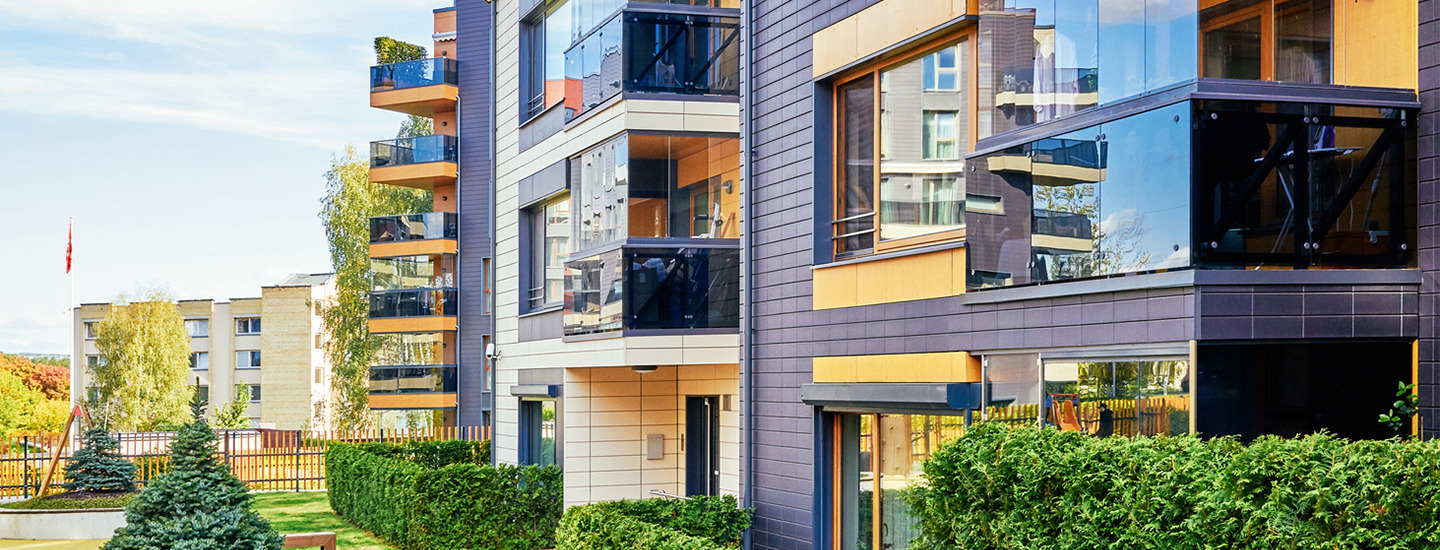
BREEAM USA's 2023 year in review: geographic and sector expansion drive robust certification growth

BREEAM Version 7 set to embrace new Biodiversity Net Gain legislation
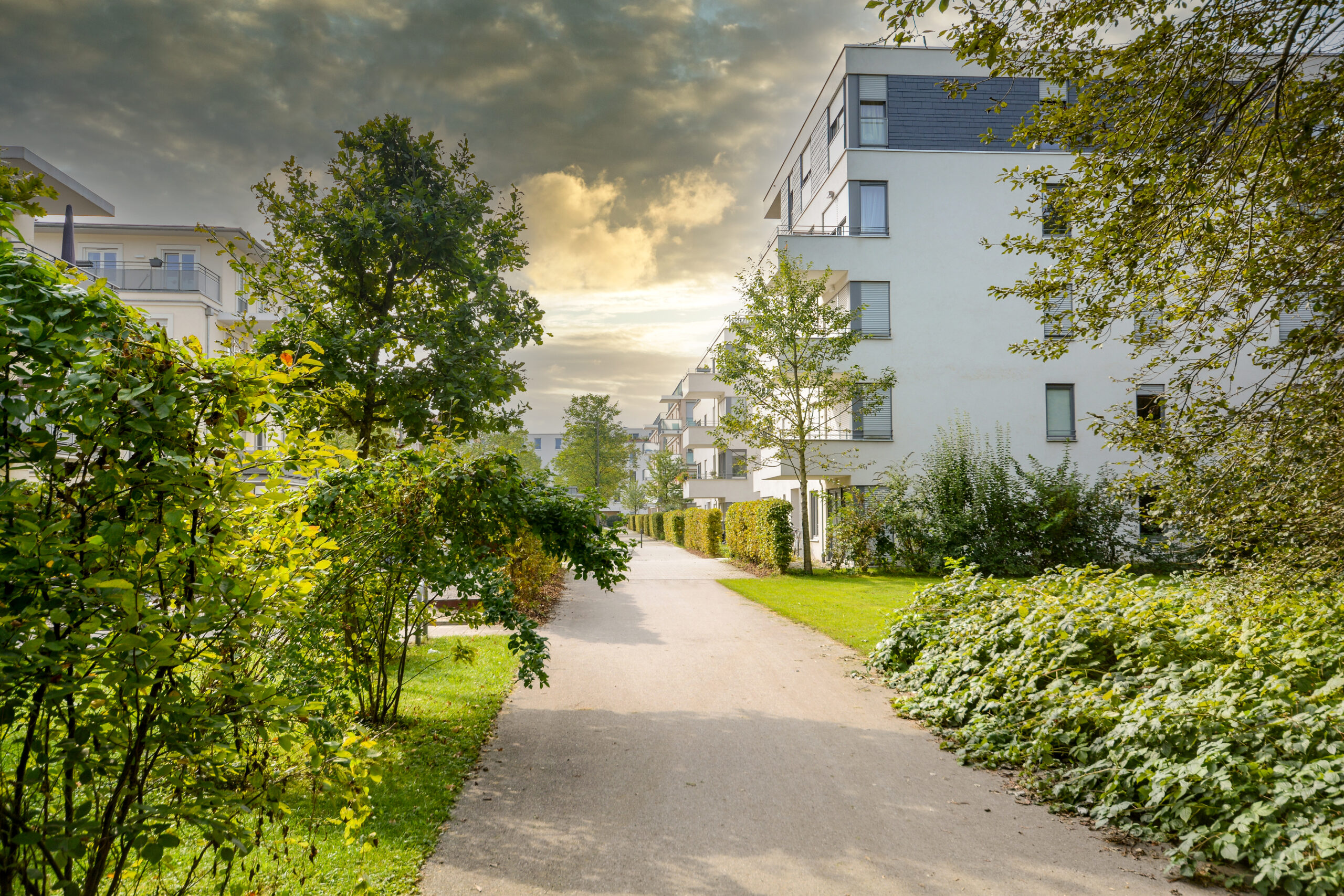
Investing in tomorrow: Unpacking the economic upside of ESG with BREEAM and J.P. Morgan
Get in touch
Contact us now or call us on +443333218811 if you would like to talk to our team about how BREEAM can support you.
Return to BREEAM Homepage